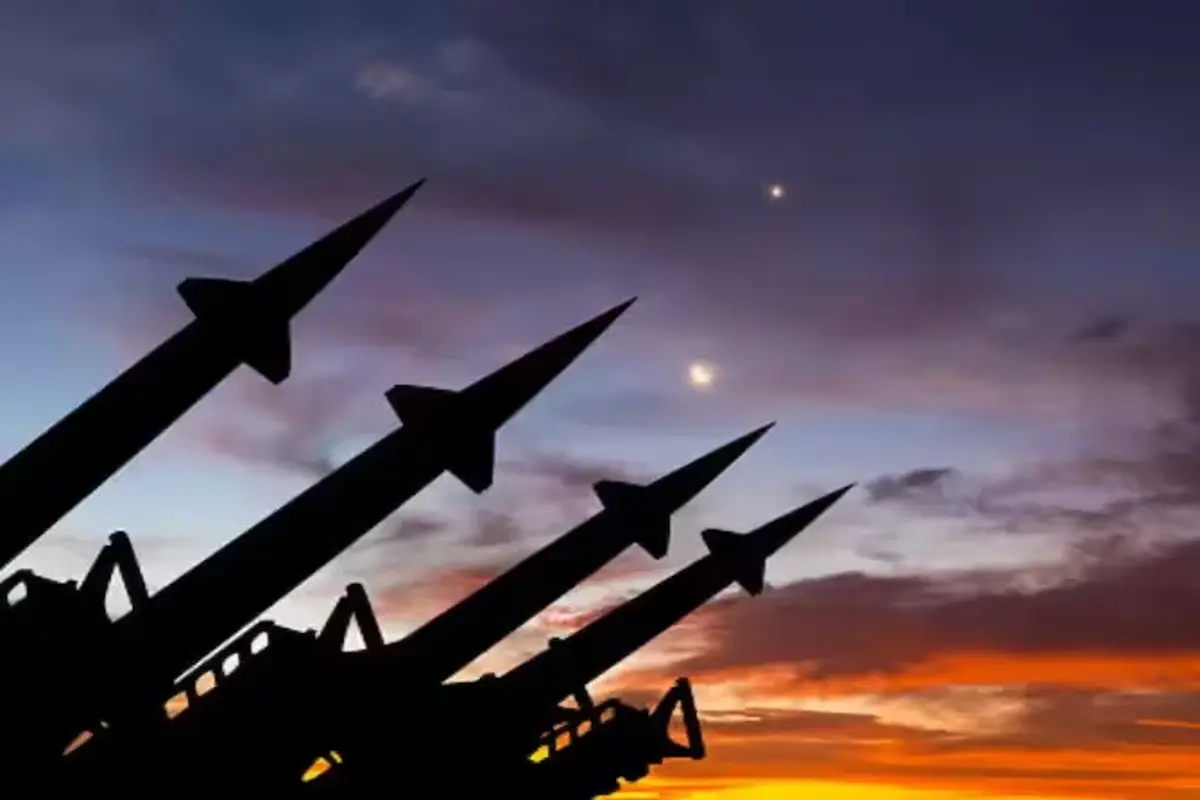
On Tuesday, Iran’s Revolutionary Guards displayed an intermediate-range ballistic missile capable of moving at hypersonic speeds of up to 15 times the speed of sound.
President Ebrahim Raisi praised the new missile’s hypersonic capacity, saying it will boost Iran’s deterrence power and bring peace and stability to the countries of the region.
The official IRNA news agency published photos of the ceremony in an unidentified secluded place. Several major military commanders were there, including Guards Chief General Hossein Salami.
IRNA stated, “The range of the Fattah missile is 1,400 kilometres (870 miles) and its speed before hitting its target is between 13 and 15 times the speed of sound”.
Hypersonic missiles, like slower ballistic missiles, may carry nuclear weapons, and Iran’s disclosure in November that it was developing one caused International Atomic Energy Agency chief Rafael Grossi to express concern.
Grossi, though, stressed that he does not see the new missile having any influence on Iran’s nuclear discussions.
Talks between Tehran and foreign nations to resurrect a 2015 nuclear deal that was abandoned unilaterally by Washington in 2018 and replaced with fresh sanctions are now stuck.
Iran has since the execution of the severe constraints on its nuclear operation that it agreed to and curtailed IAEA inspections, a strategy that it is just now reversing.
Unlike conventional ballistic missiles, hypersonic ones fly on a trajectory low in the atmosphere, allowing them to reach their targets faster and with less risk of being intercepted by modern air defences.
When the plan was launched last year, Guards aerospace chief General Amirali Hajizadeh stated that it was designed to ‘counter-air defence shields’, and that would take decades to construct a system capable of intercepting it.
Israel, Iran’s arch-foe, is widely believed to have its own undeclared nuclear arsenal and has numerous air defence shelters for intercepting subsonic and supersonic missiles.
North Korea’s hypersonic missile test last year raised concerns about the race to obtain the technology, which is presently dominated by Russia, followed by China and the United States.
Russia’s Kinzhal hypersonic missile has been fired several times in its battle against Ukraine since last year.
Also read: Russia Claims United States’ F-16 Jets Could Carry Nuclear Weapons If Sent To Ukraine

















